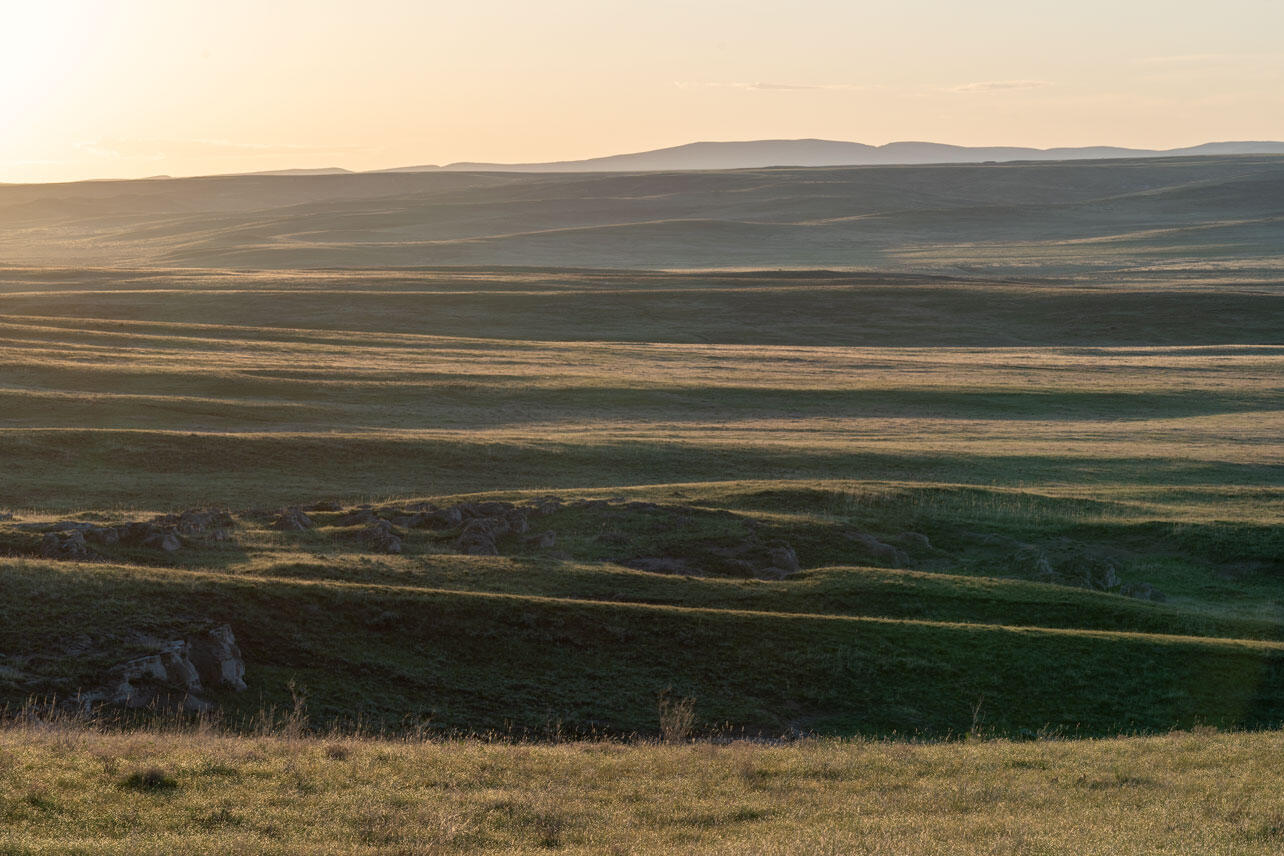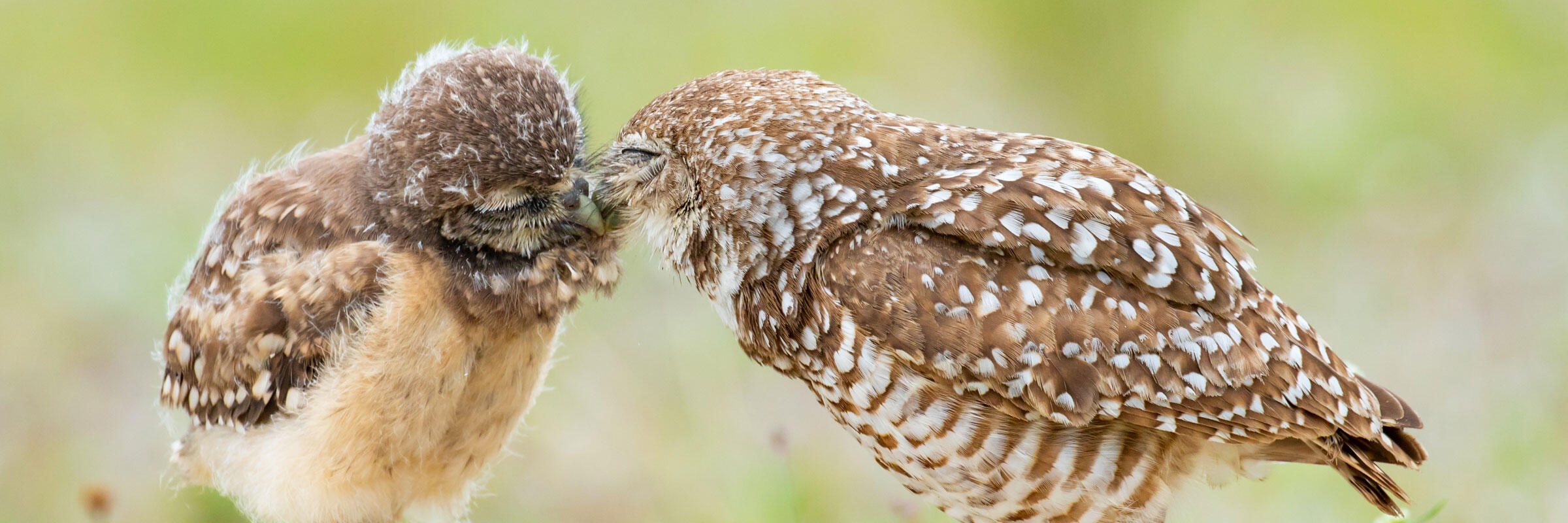Advancing solutions and mitigating impacts of an existential threat
Mountain Bluebird, highly vulnerable to climate change. Photo: Evan Barrientos/Audubon Rockies
Our world is changing. Some symptoms, like this year’s record-breaking wildfires, are obvious. Others, like decreasing water availability, are more subtle. But all of them are making the future more difficult for birds and people.
Birds in Colorado, Wyoming, and Utah face immediate threats. Audubon’s 2019 climate report, Survival by Degrees, found that half of the bird species in each state are threatened with extinction if we do nothing about climate change. Iconic species such as Lark Buntings, American Dippers, and Greater Sage-Grouse are among the most threatened species.
The good news is that we already know what we need to do to fight climate change and we already have a lot of the tools and solutions we need. What we need are more people who are committed to making sure those solutions are put into practice. If we take action now, we can help improve the chances for the overwhelming majority of species at risk.
It’s crucial that we do three things: protect the places that birds need, reduce carbon emissions, and mitigate what changes we can’t prevent.
As birds feel the impacts of climate change, they’re going to need as much healthy habitat as possible. Fortunately, Audubon Rockies has extensive experience in doing just this. Audubon’s Conservation Ranching and Sagebrush Ecosystem initiatives have helped protect and restore millions of acres of grassland and sagebrush. Our Western Rivers Initiative helps protect and restore rivers and wetlands that are key to climate resilience. At Gillmor Sanctuary, we’ve protected thousands of acres of critical shorebird habitat and pioneered techniques for restoring it. On an individual level, our Habitat Hero program helps communities weave together a bird-friendly landscape one garden at a time.
This year, Habitat Hero partnered with Jack’s Solar Garden to plant a bird-friendly garden as a living fence around the new solar farm’s perimeter. As the need for renewable energy grows, this project aims to provide a new model for wind and solar farms across the Front Range, one that provides benefits for birds and other wildlife.
Cutting greenhouse gas emissions will also require widespread public support. It’s not easy to create, especially in a divided country, but Audubon’s large and politically diverse membership can help. As our policy and advocacy staff engage our 1.9 million members in supporting climate-friendly legislation, our Community Naturalists work directly with kids and adults to inspire more people to take action.
Finally, the habitats that Audubon Rockies conserves play an important role in helping birds and people survive a hotter and drier future. Water, already the lifeblood of the West, is becoming increasingly important for the resilience of wildlife and people. As water supply decreases, our Western Rivers Initiative is finding ways to protect the future of rivers and wetlands.
On the plains of Colorado and Wyoming, Audubon is also exploring the potential for grasslands to sequester carbon. With careful management, ranchers may be able to increase their soil’s carbon sequestration and their resilience to drought. To find out how to best do this, Audubon has conducted soil monitoring on enrolled ranches for the last two years.

Preventing a climate disaster will require bold and creative actions at all levels, from households to corporations. We’ll need to pass policies in cities, states, and the White House. We’ll need to include people of all races, ethnicities, abilities, and identities. It’s not an easy task, but it’s exactly what Audubon was created for

Burrowing Owls. Photo: Jean Hall/Audubon Photography Awards
Be a part of regional efforts to protect birds and the places they need.